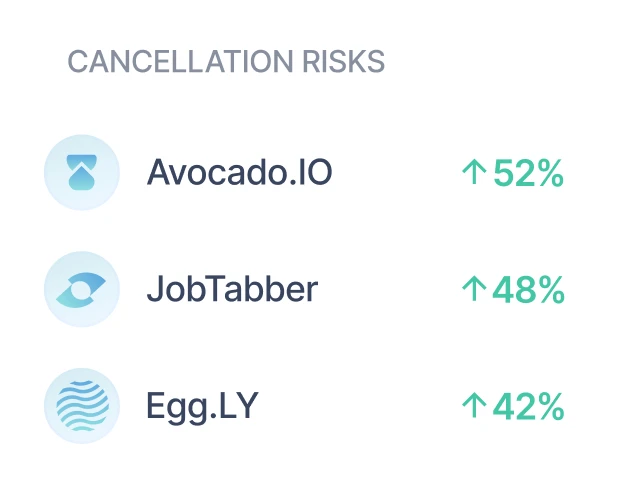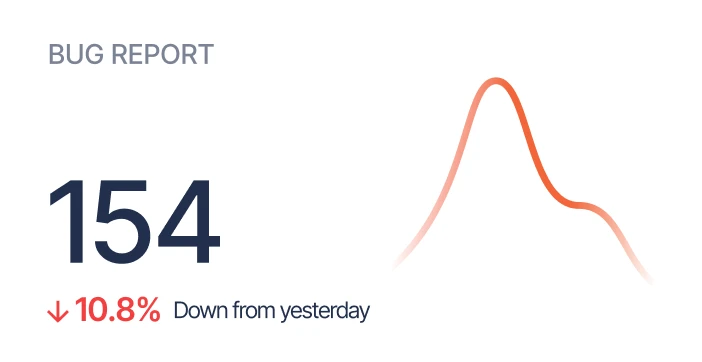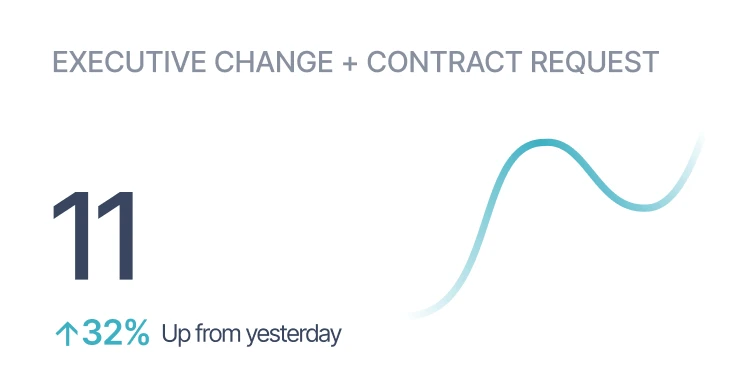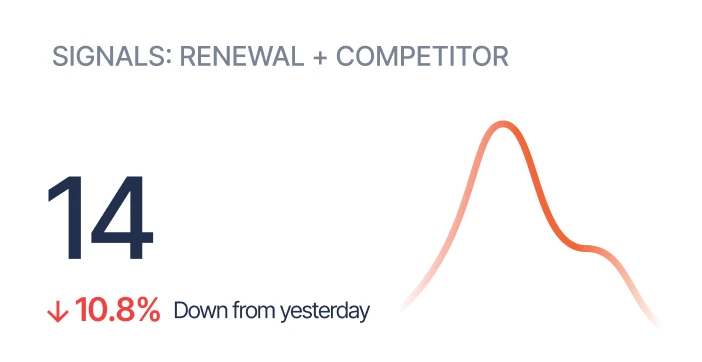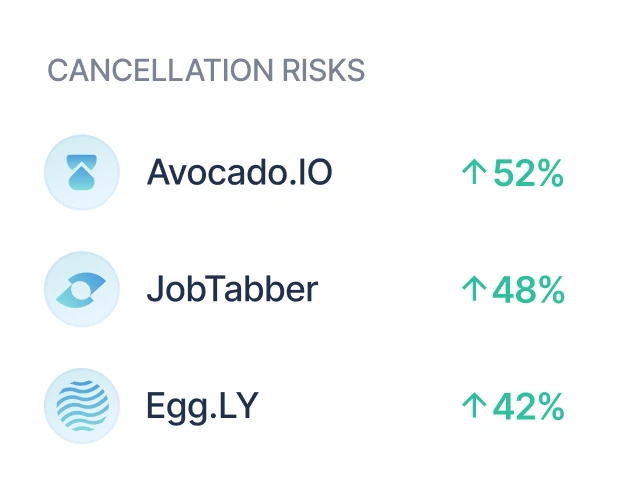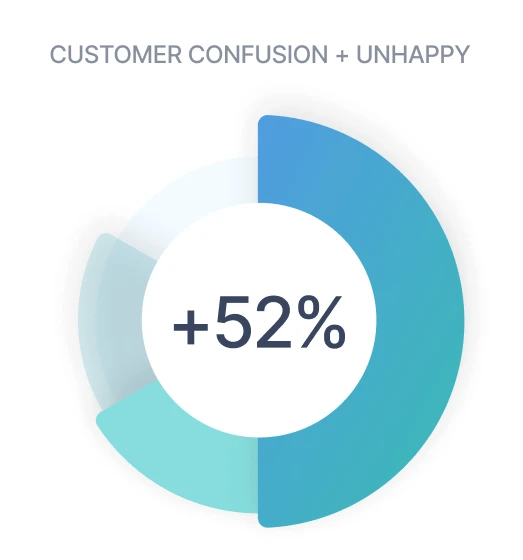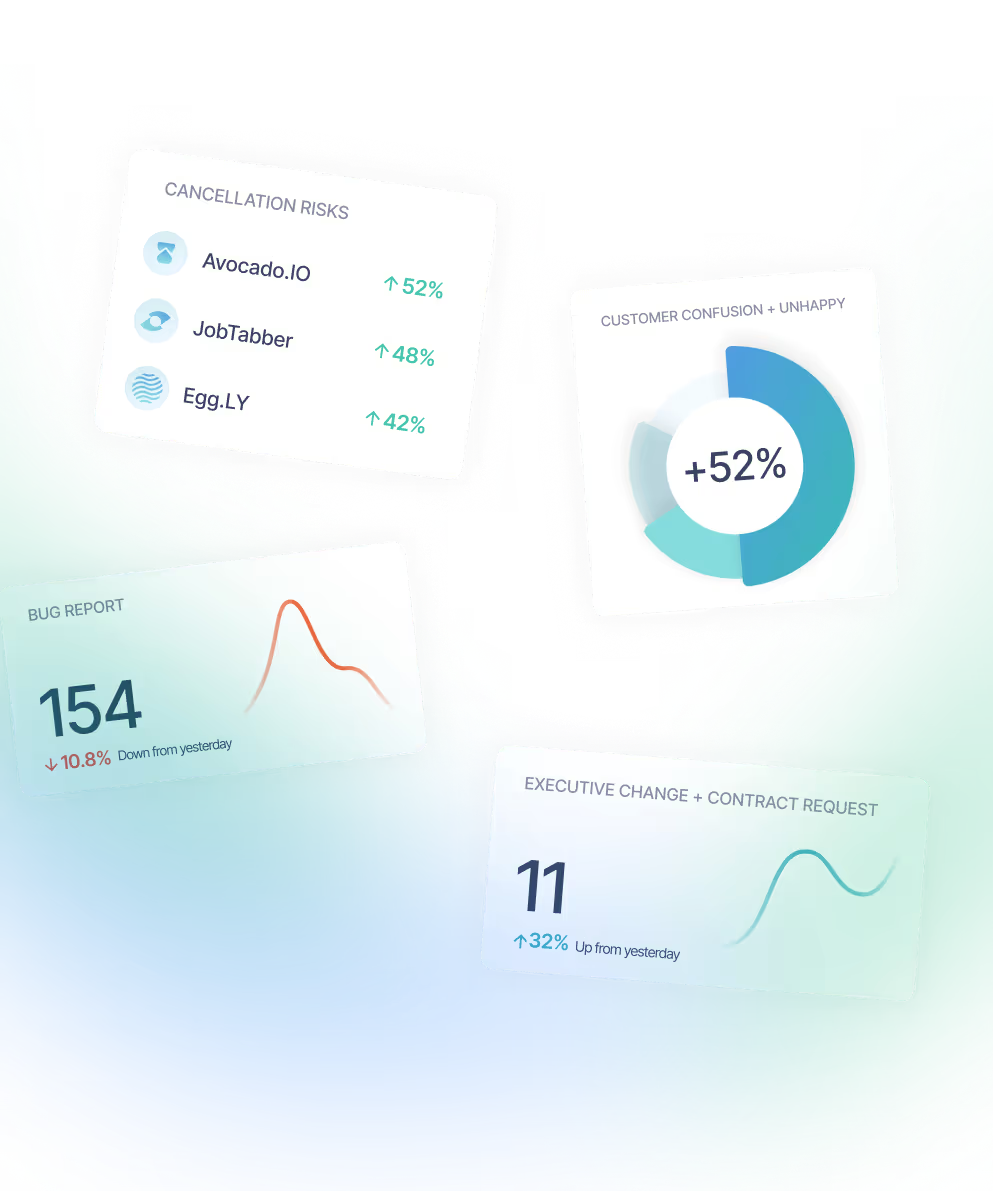The question is no longer about whether you will use AI; it’s when. And no matter where you are on your journey, navigating the ethical implications of AI use is crucial. Ethical AI is not just a buzzword but a set of principles designed to ensure fairness, transparency, and accountability in how businesses use artificial intelligence. In the case of Sturdy, we’ve made ethical AI a core commitment. These principles guide our every move, ensuring AI benefits businesses without crossing the line into unmitigated risk.
What Is Ethical AI?
Ethical AI refers to developing and deploying AI systems that prioritize fairness, transparency, and respect for privacy. For businesses, this means using AI to make smarter decisions while ensuring that the data and technologies used do not cause harm or reinforce biases. The importance of this cannot be overstated—AI has the potential to either empower or exploit, and ethical guidelines ensure we remain on the right side of that divide.
Sturdy’s Commitment to Ethical AI
Sturdy's approach to AI revolves around several inviolable principles:
- Business-Only Data Use: Sturdy’s AI systems focus solely on improving how businesses make decisions. They don't delve into personal data or manipulate information for other purposes. The data processed by Sturdy comes from business sources like support tickets, corporate emails, or recorded calls—never from personal channels.
- No Ulterior Motives for Data: The data collected by Sturdy is knowingly provided by our customers, and the company doesn't use this data for any purpose beyond what's agreed upon. This ensures transparency and trust between the platform and its users.
- Privacy and Protection: One of the most critical aspects of Sturdy’s approach is its commitment to not allowing any entity—whether a business or government—to use its technology in ways that violate privacy. If a client were found to be doing so, Sturdy would terminate the relationship.
- No Deception: Our product is engineered to prevent deception. It never manipulates or deceives users, ensuring that the insights drawn from AI are used to enhance business practices rather than exploit loopholes.
Human Oversight and the Role of AI
At the core of Sturdy’s AI principles is the belief that AI should not replace human decision-making but augment it. Our Natural Language Classifiers (NLCs) are built to detect risks and opportunities based on the probability that a conversation indicates a particular issue. For example, when a customer complains about a "buggy" product, Sturdy’s AI might tag it as a "Bug" and label the customer as "Unhappy." However, humans remain in control—analyzing the situation and deciding the best action.
Final Thoughts
Sturdy's approach to AI exemplifies how businesses can responsibly use technology to drive growth and improve operations while safeguarding ethics. They demonstrate that AI doesn’t need to infringe on privacy or replace human decision-making. Instead, AI should be a tool that empowers teams, ensures transparency, and upholds ethical standards. Navigating the ethics of AI is not just a challenge—it’s an ongoing commitment, and Sturdy is setting a new standard for how it should be done.

.png)

.png)
.png)

